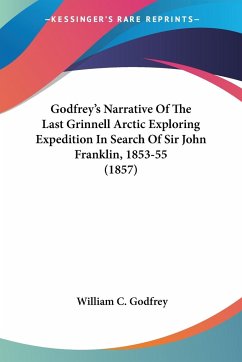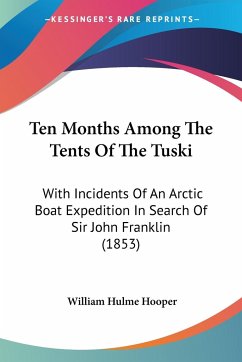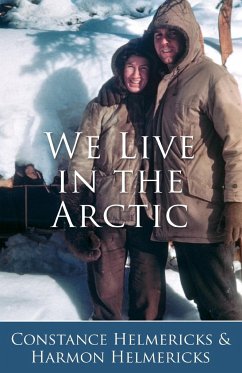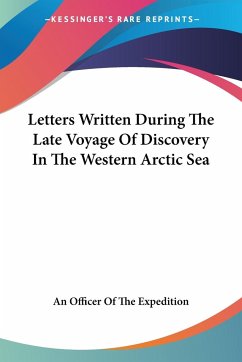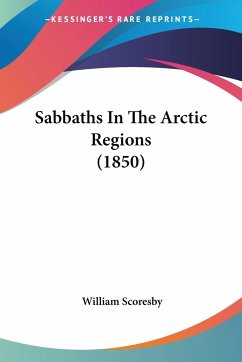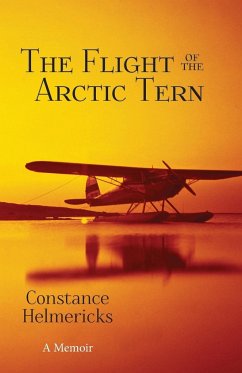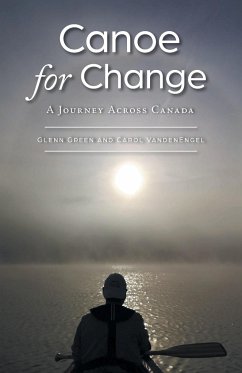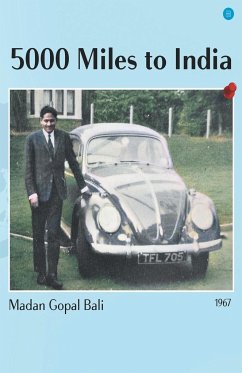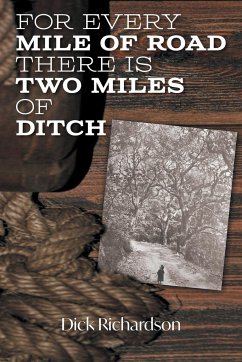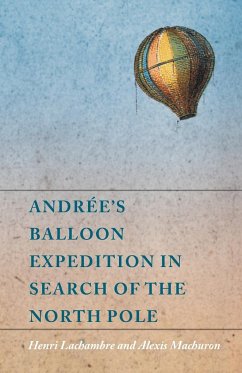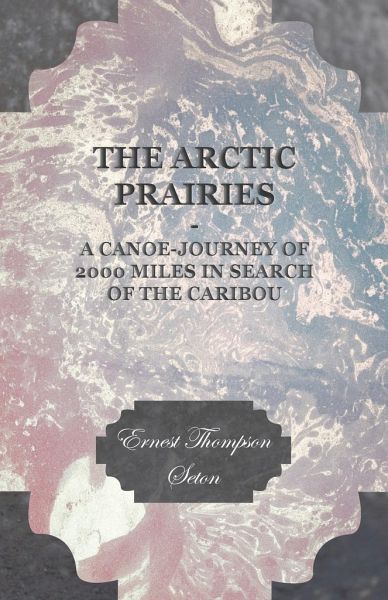
The Arctic Prairies - A Canoe-Journey of 2000 Miles in Search of the Caribou

PAYBACK Punkte
15 °P sammeln!
This antiquarian book contains an account of a 2000 mile canoe journey in the artic prairies - in search of Caribou. An interesting and authentic chronicle of an adventurous arctic excursion, "The Arctic Prairies - A Canoe Journey" constitutes a must-read for fans of hunting literature. Contents include: "Departure for the North", "Down the Noisy River with Voyageurs", "Human Nature on the River", "The Mounted Police", "A Conference with the Chiefs", "Out with Sousi Beaulieu", "The Buffalo Hunt", "Thomas Anderson", "Mosquitoes", etcetera. Many vintage texts such as this, are increasingly hard ...
This antiquarian book contains an account of a 2000 mile canoe journey in the artic prairies - in search of Caribou. An interesting and authentic chronicle of an adventurous arctic excursion, "The Arctic Prairies - A Canoe Journey" constitutes a must-read for fans of hunting literature. Contents include: "Departure for the North", "Down the Noisy River with Voyageurs", "Human Nature on the River", "The Mounted Police", "A Conference with the Chiefs", "Out with Sousi Beaulieu", "The Buffalo Hunt", "Thomas Anderson", "Mosquitoes", etcetera. Many vintage texts such as this, are increasingly hard to come by and expensive, and it is with this in mind that we are republishing this book now in an affordable, modern, high quality edition. It comes complete with a specially commissioned new biography of the author.




